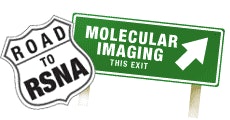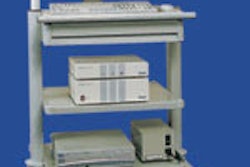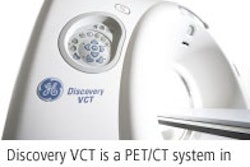Molecular imaging continues its rapid rise, spurred on by strong growth in procedure volume. Approximately 1 million PET procedures were performed in the U.S. in 2004 -- a 46% increase compared with the previous year. The increase in nuclear medicine utilization, particularly for cardiac imaging, has not escaped the notice of the U.S. Centers for Medicare and Medicaid Services (CMS).

Although short-term orders for some nuclear medicine equipment may be put on hold for the next few months, the overall impact of the proposed rule on nuclear medicine services should be minimal, according to industry observers. The rule will not affect the in-office exemption to Stark that allows other physicians to place gamma cameras in their own offices. This market segment has been driving the strong growth in cardiac SPECT systems in recent years.
Also in 2005, PET advocates, led by the Academy of Molecular Imaging, the Society of Nuclear Medicine, and the American College of Radiology Imaging Network (ACRIN), were successful in developing a PET registry designed to provide provisional coverage for a variety of new indications, including cervical, brain, pancreatic, ovarian, and testicular cancers, with permanent coverage pending results of clinical trials and evaluation of the data registry.
Hybrid SPECT/CT scanners generated new interest this year, with vendors introducing systems that offer ever-higher slice counts. Proponents are confident that the addition of CT will provide a new springboard for SPECT in nuclear cardiology as well as other functional studies, revitalizing traditional nuclear medicine.
Regardless of the wins and losses in the regulatory and clinical segments of the molecular imaging market this year, nuclear medicine vendors are scheduled to offer a bounty of enhancements and refinements to products that will be showcased in McCormick Place later this month.
An economical hybrid PET/CT system priced competitively against dedicated PET systems will be unveiled to RSNA conference attendees, as will a real-time stereotactic biopsy system that uses high-resolution molecular imaging guidance.
A handheld portable gamma camera optimized for localizing sentinel lymph nodes will make its debut, as will a cornucopia of applications designed to exploit the imaging capabilities of PET, PET/CT, and SPECT/CT.
To find out more about what's happening in molecular imaging at the 2005 RSNA conference, click on a link below.




















